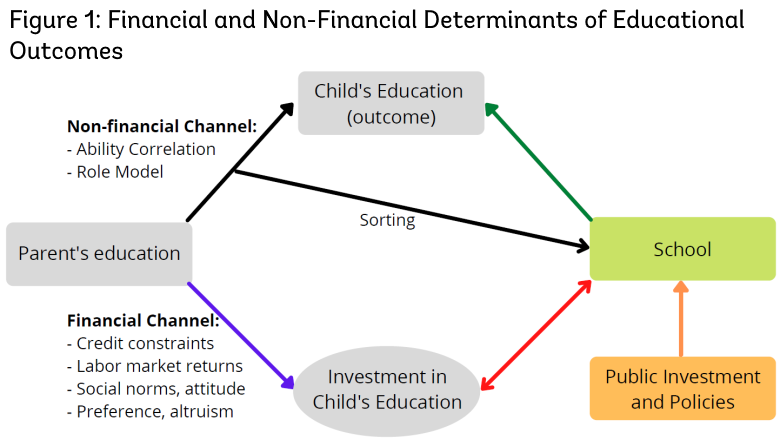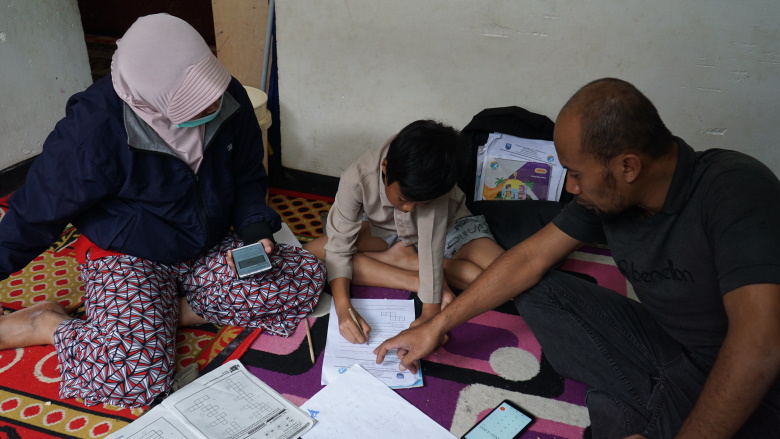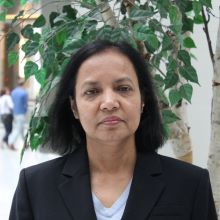Economic growth in the developing world has lifted many out of poverty, but it has also brought rising inequality in its wake. This is perhaps most visible in the stunning fact that the world’s most expensive single-family home, valued at $1 billion, is located in India, even though the average Indian household makes one tenth that of a US household. Without concerted policy action, the benefits of growth may well fail to generate broad-based equality of opportunity.
Historically, education has often been seen as the great leveler—a mechanism that can allow even those from the poorest circumstances to succeed and climb up the socioeconomic ladder. But as a growing body of research has shown, educational systems can entrench rather than weaken inequality. When highly educated parents are able to ensure their children benefit disproportionately, education systems pass on and strengthen advantages from one generation to the next.
In a recent Policy Research Talk, World Bank economist Forhad Shilpi presented new evidence on the patterns of intergenerational educational mobility in several low-income countries. Her findings illuminate existing patterns of mobility between genders in rural and urban areas. She also presented a methodology to identify key barriers to equality of opportunity and point the way to more equitable education policy.
Researchers distinguish between two types of intergenerational educational mobility—absolute and relative. Absolute intergenerational mobility measures to what extent family background determines the educational attainment of a child irrespective of her academic ability and effort. Relative intergenerational mobility goes a step further and measures how many years of schooling a child from a less educated household would gain if she were born into a more educated household. According to Shilpi, this latter measure of mobility is central to understanding equality of opportunity, and her research therefore focuses primarily on this measure.
Before diving into her data, Shilpi laid out a framework for understanding the various determinants of children’s educational outcomes (Figure 1). These include financial determinants, such as credit constraints and labor market returns to education, as well as non-financial determinants such as the role model effect of having educated parents.

Using this analytical framework, Shilpi and her co-authors explore patterns of intergenerational educational mobility across households at various levels of the socioeconomic ladder, rather than just averages across all households. This approach allowed for a more nuanced understanding of how educational mobility can vary between less and more educated households.
This approach led to a striking conclusion in the context of Indonesia—greater untargeted public investments in education can worsen relative educational mobility. Highly educated parents tend to invest disproportionately more of their resources into their children’s education when schools improve, and they also tend to make more effective investments. Shilpi and her co-authors calculated that a ten percent improvement in schools across the board in rural Indonesia would lead to 1.5 more years of schooling for children of fathers with ten years of education, but nearly 2.3 years for children of fathers with fifteen years of education.
In related research on Bangladesh, Shilpi and her co-authors find that policies such as free primary schooling may not be effective because of corruption in schools. Wealthier households do not pay bribes for admission into “free” public schools because of their bargaining power, while poor parents end up paying for their children’s schooling.
“Without well-designed policies, human capital can become one of the main mechanisms that transmits inequality through the generations,” said Shilpi. “In countries with low mobility, policy makers should make smart investments so we can break the link between children’s and parents’ outcomes.”


